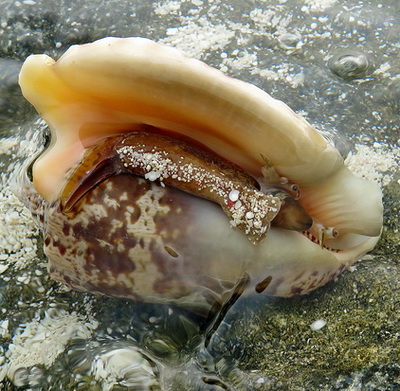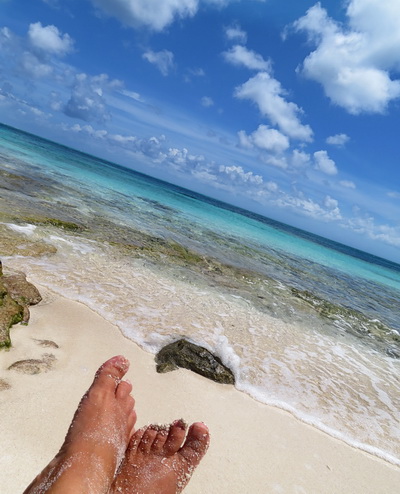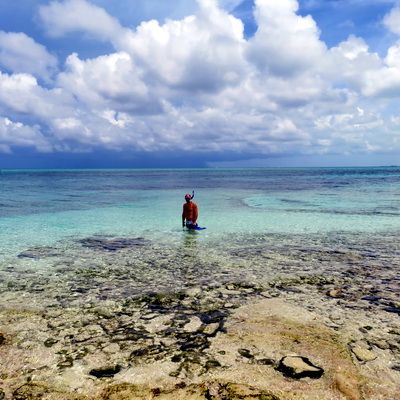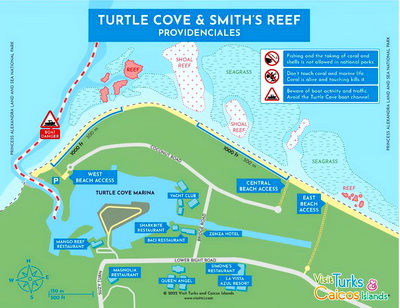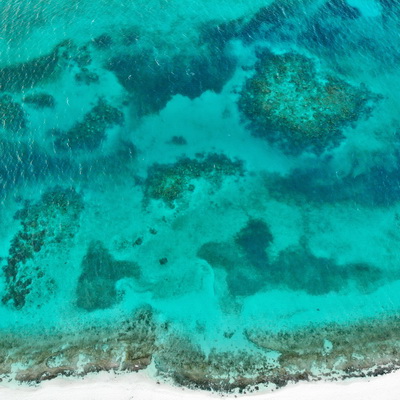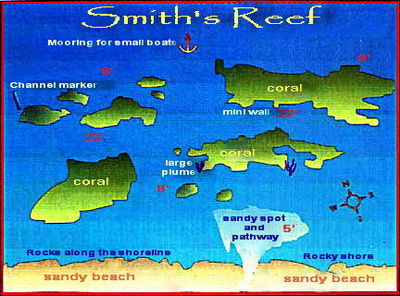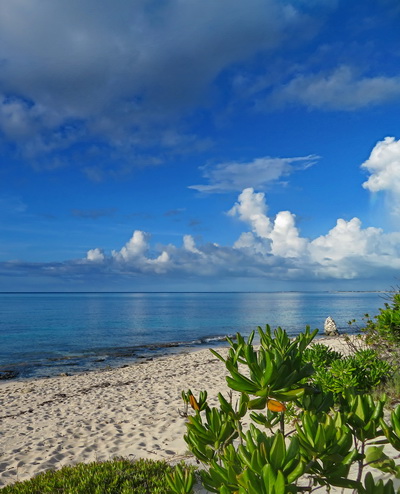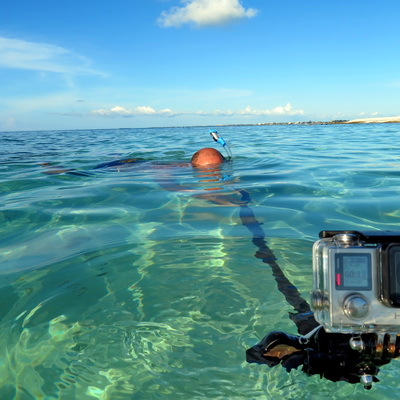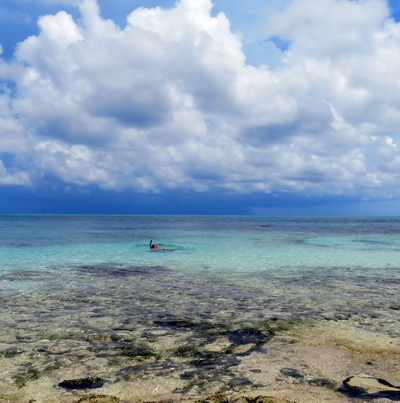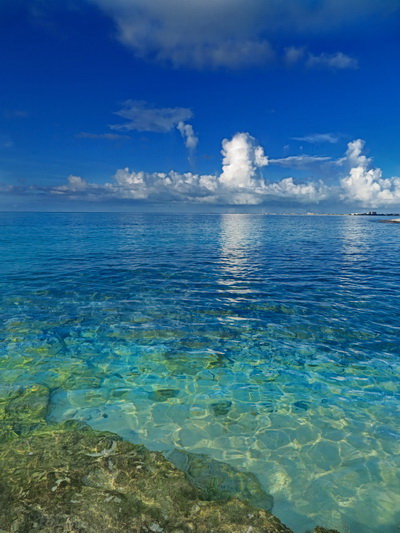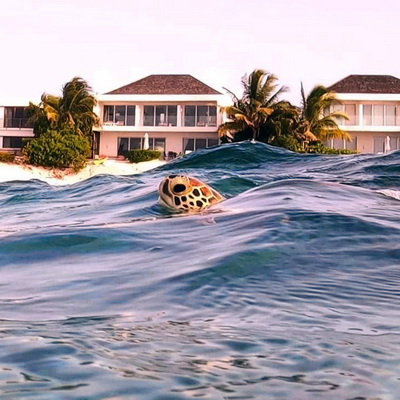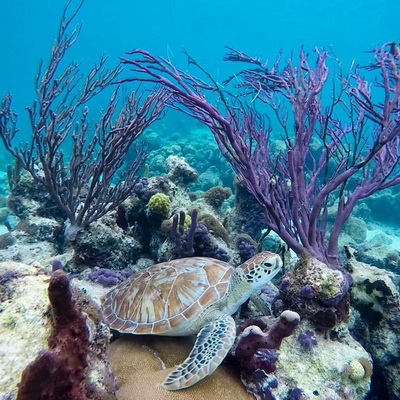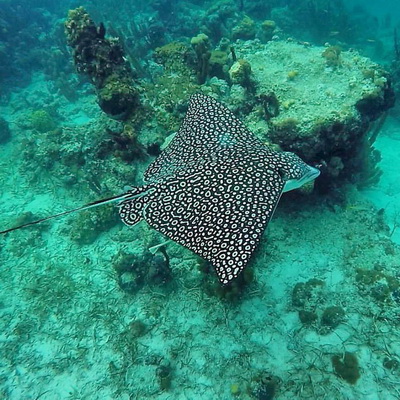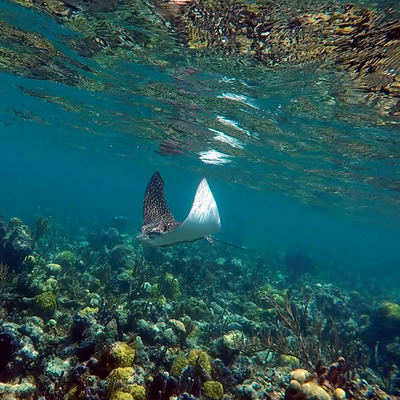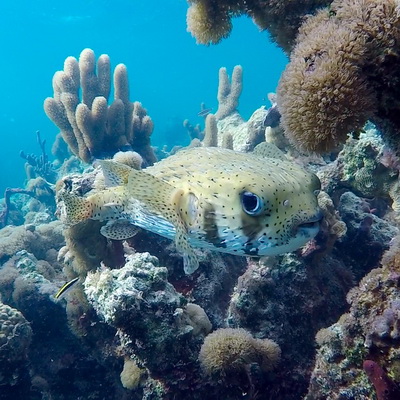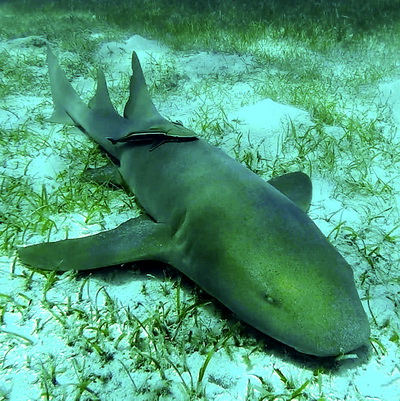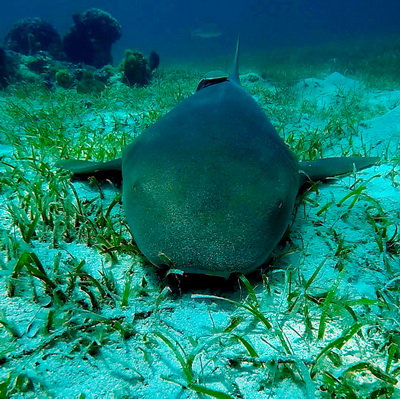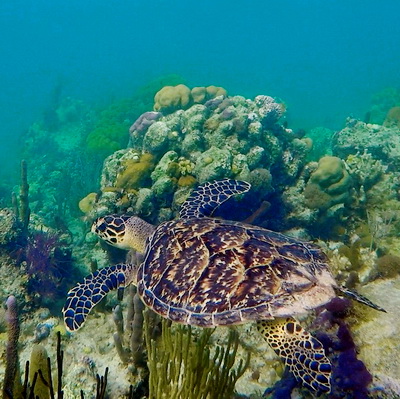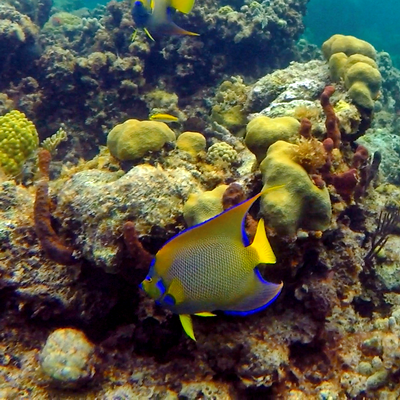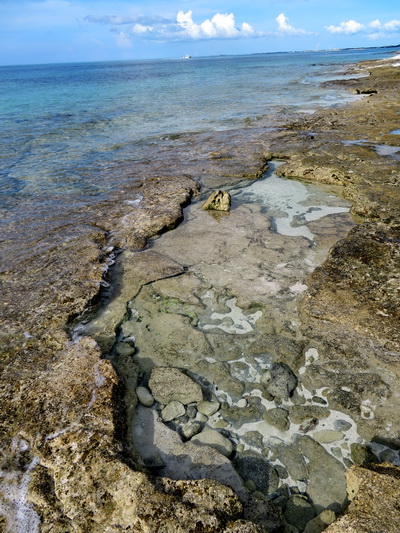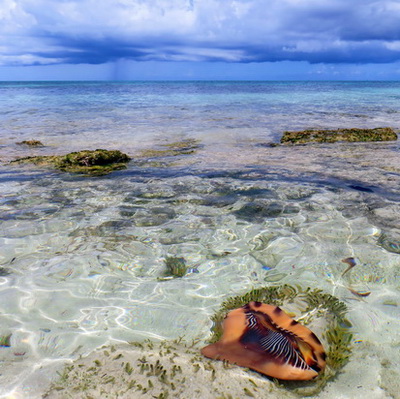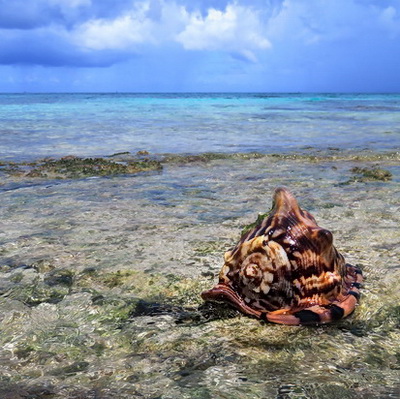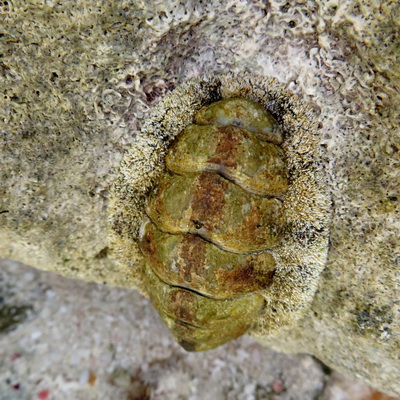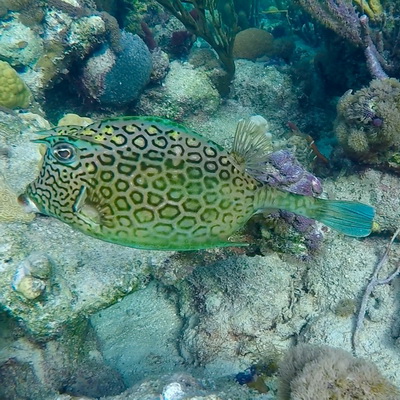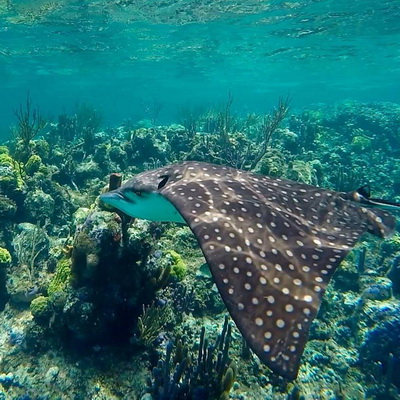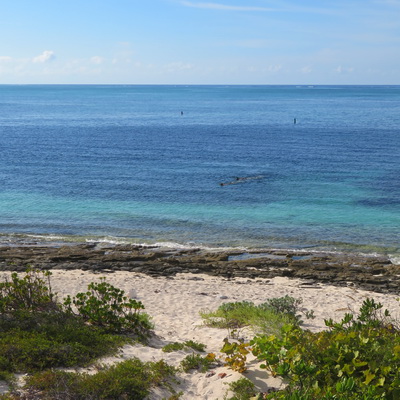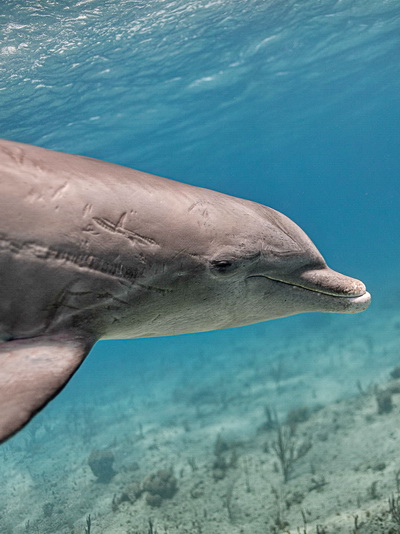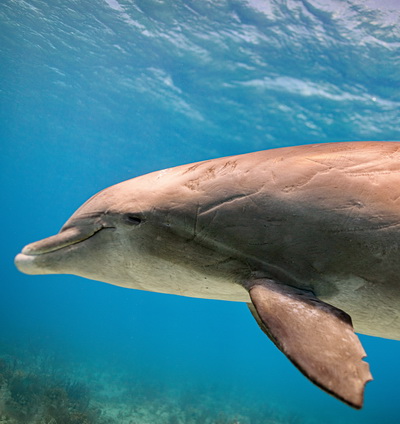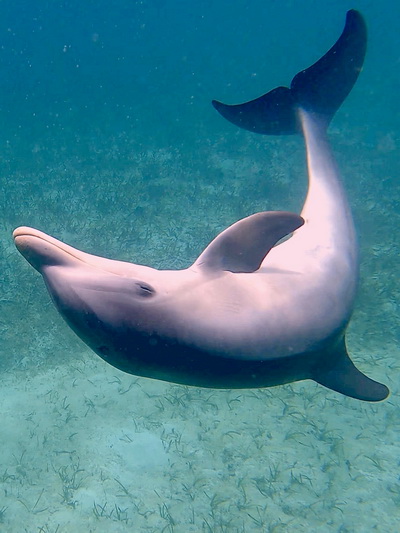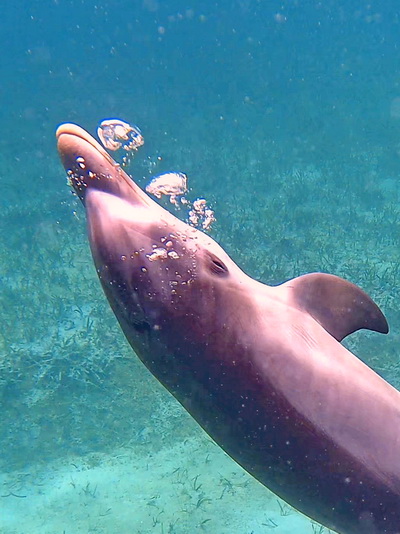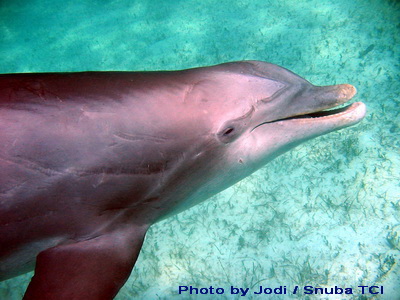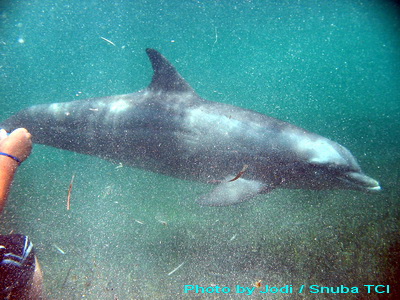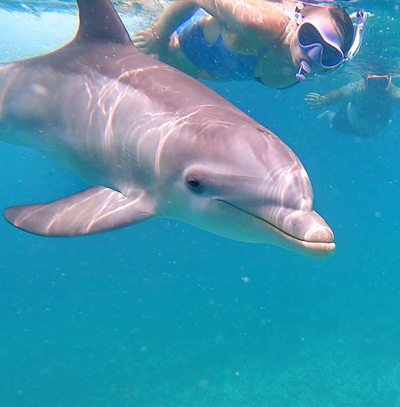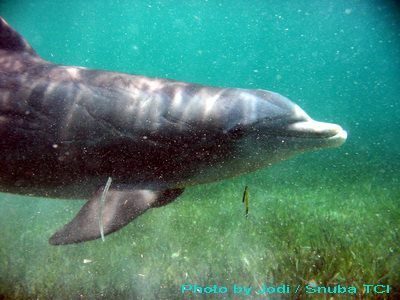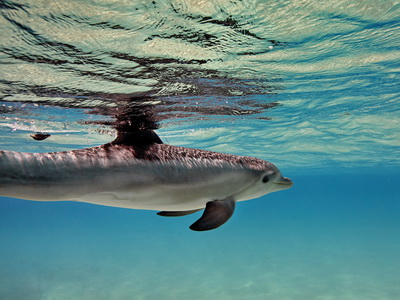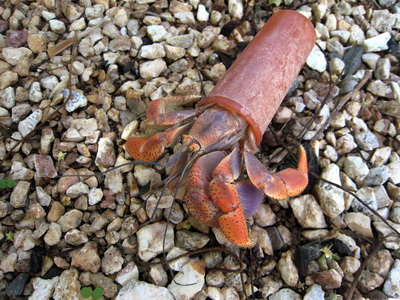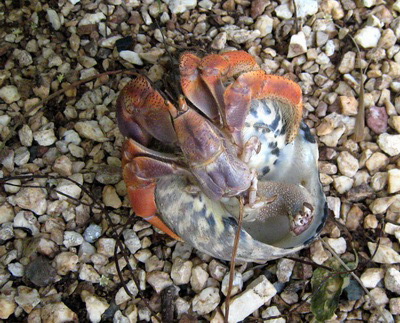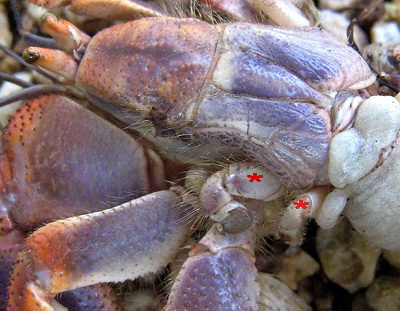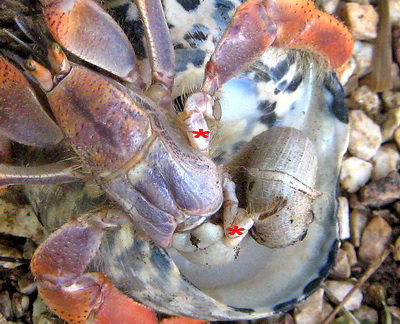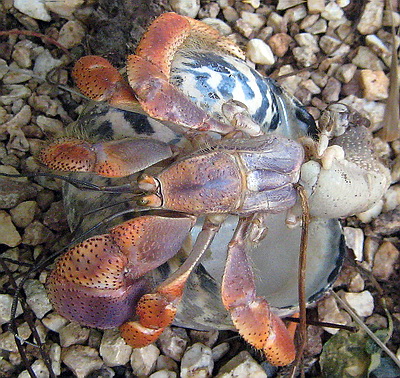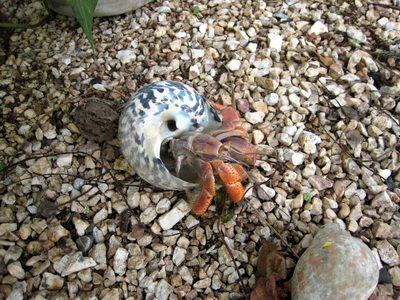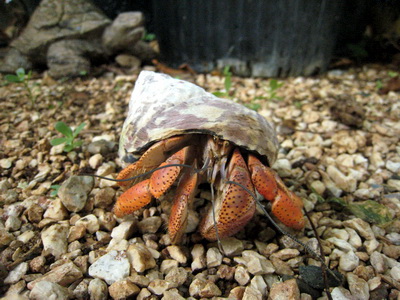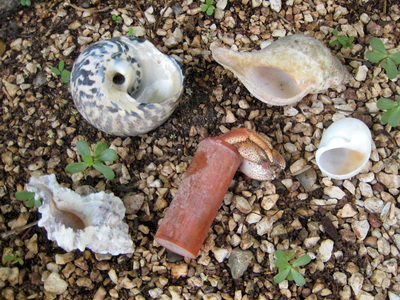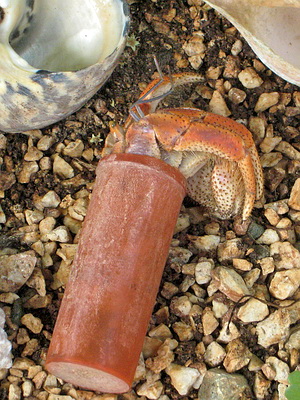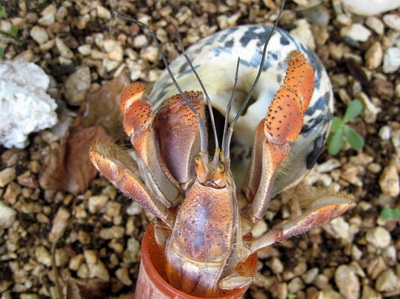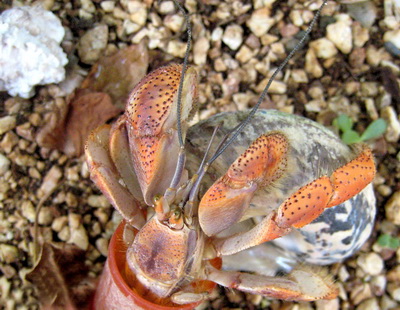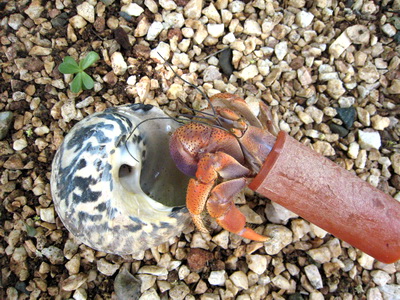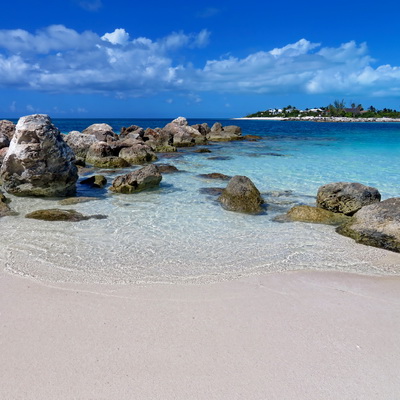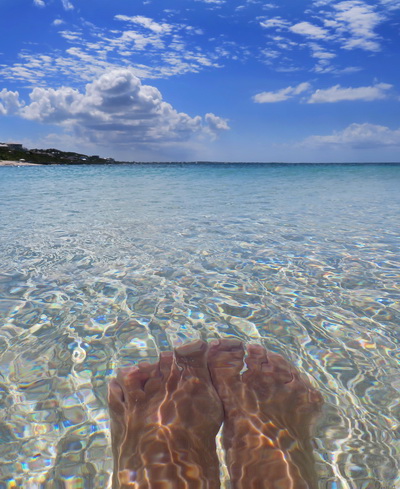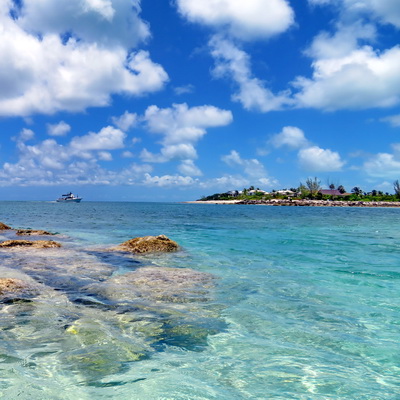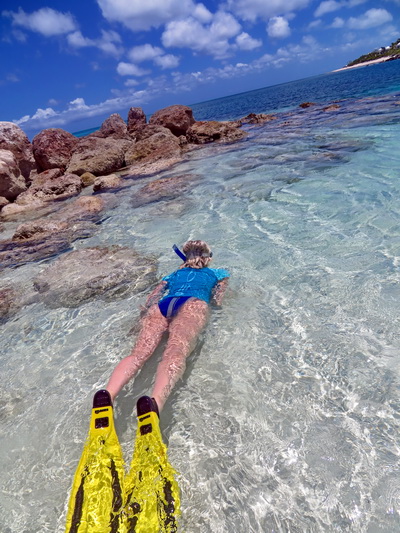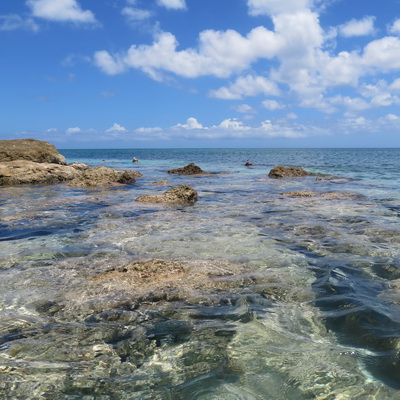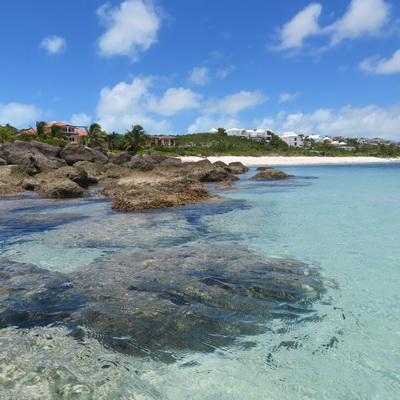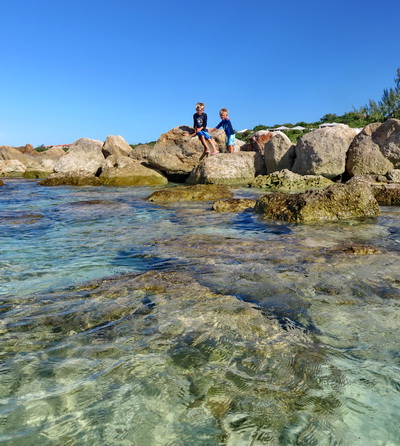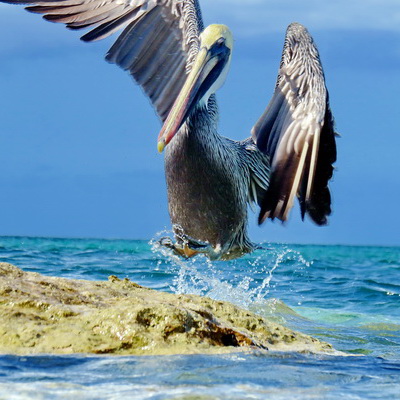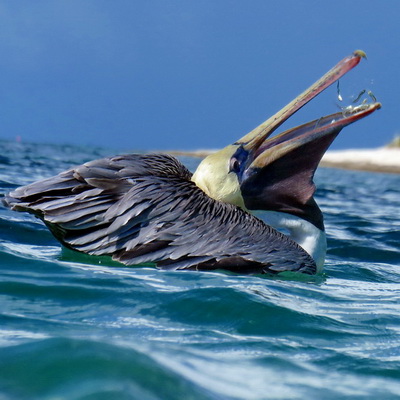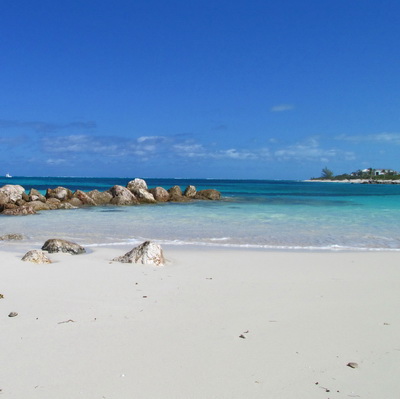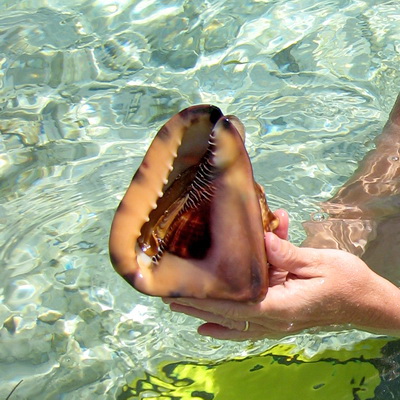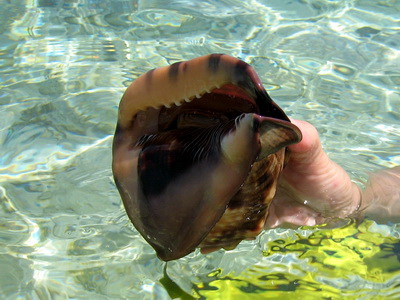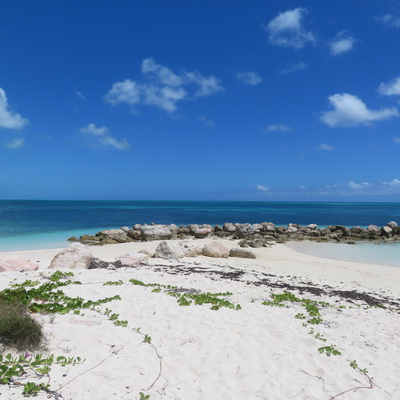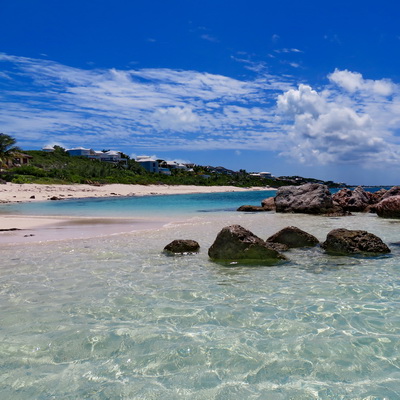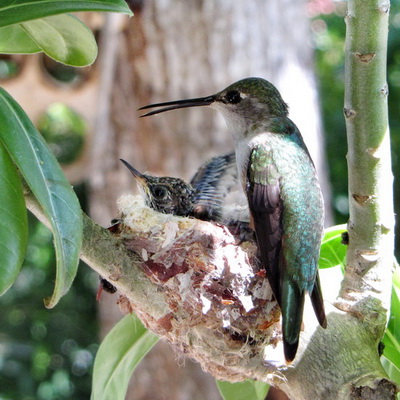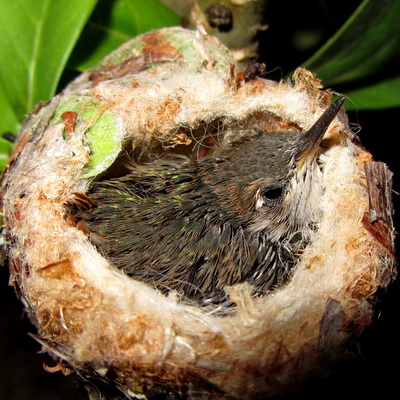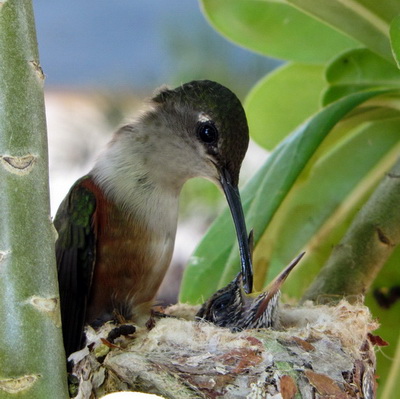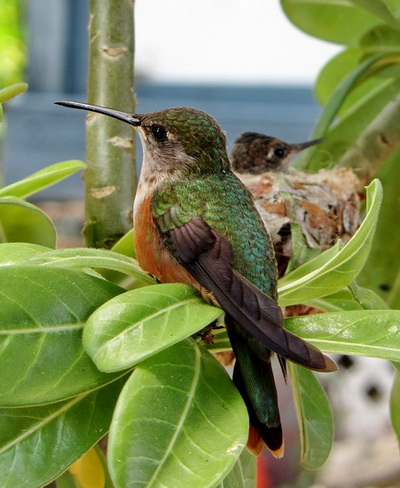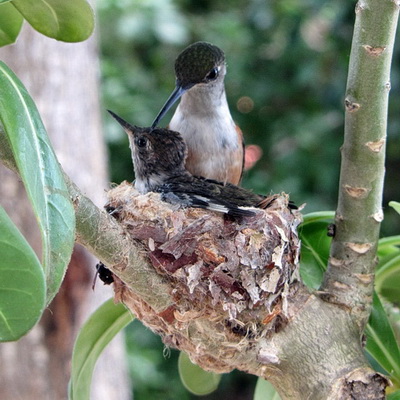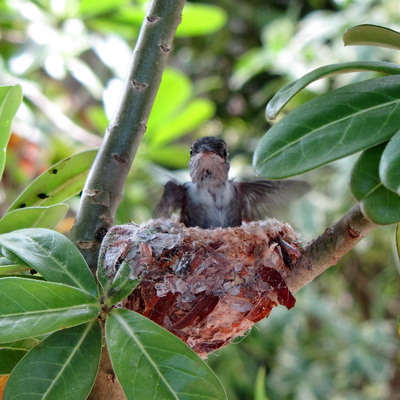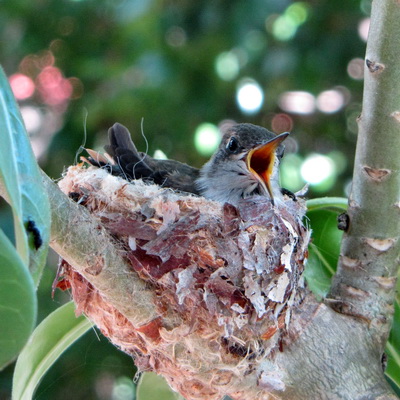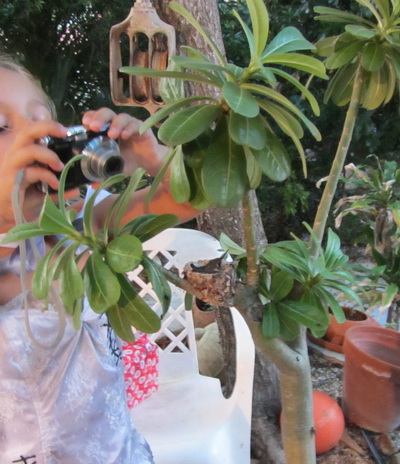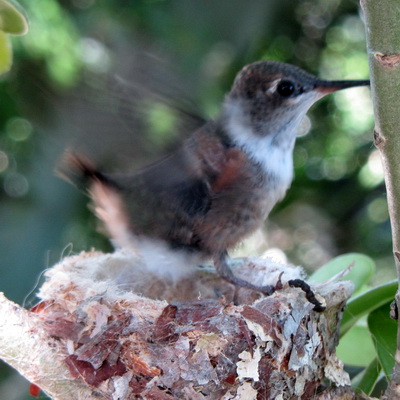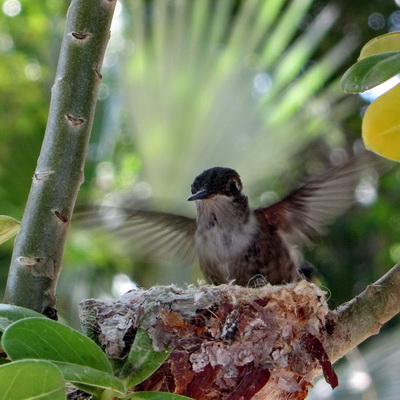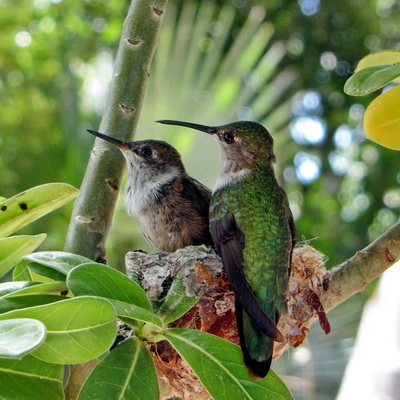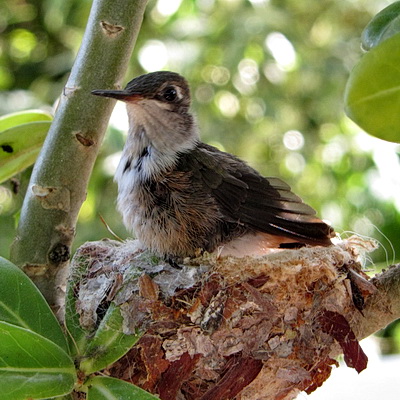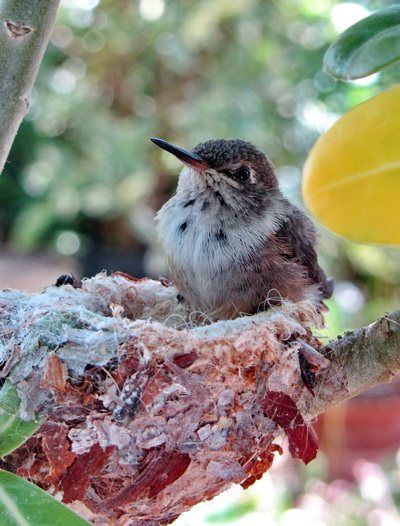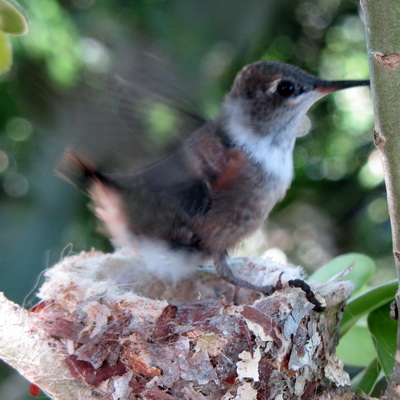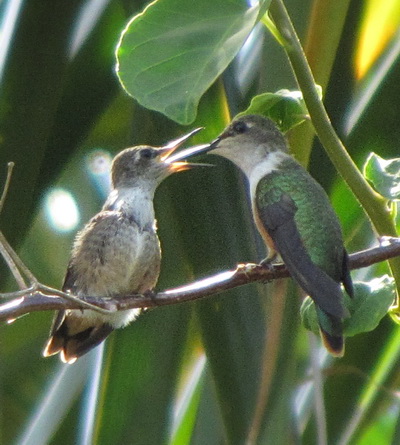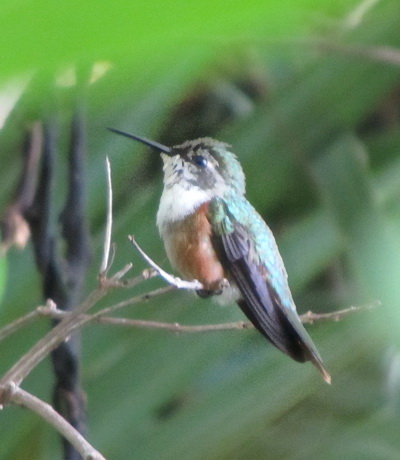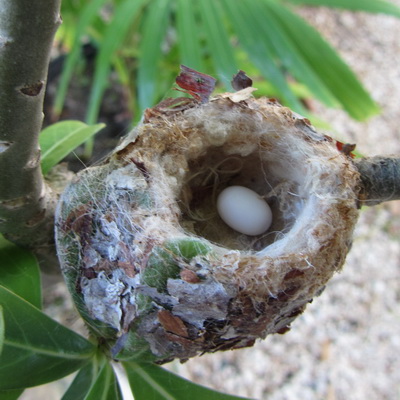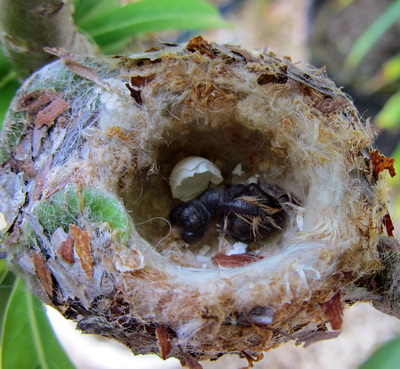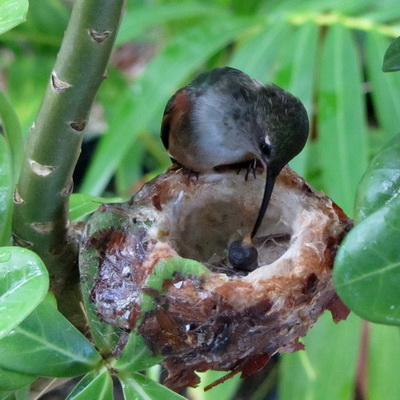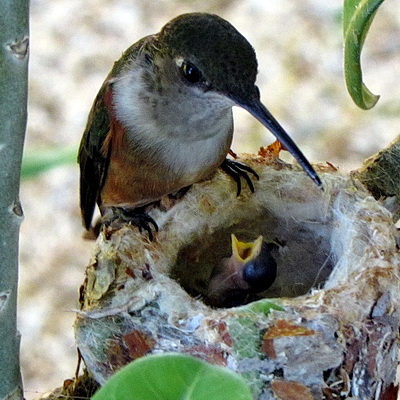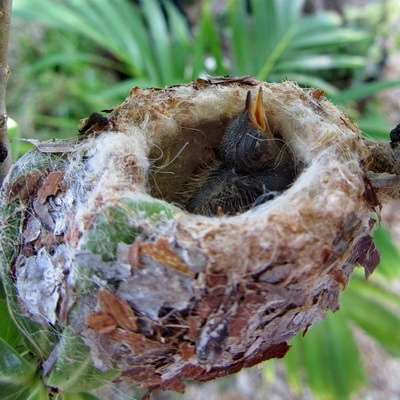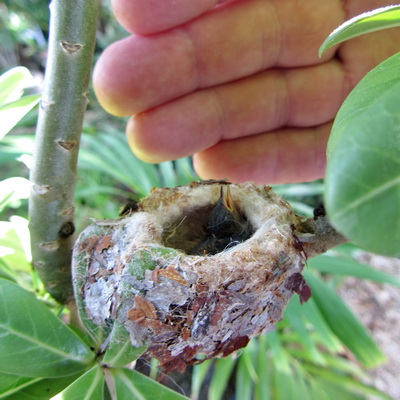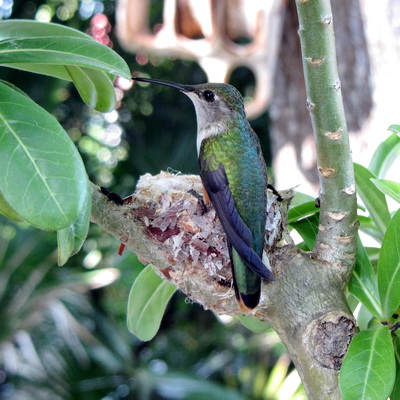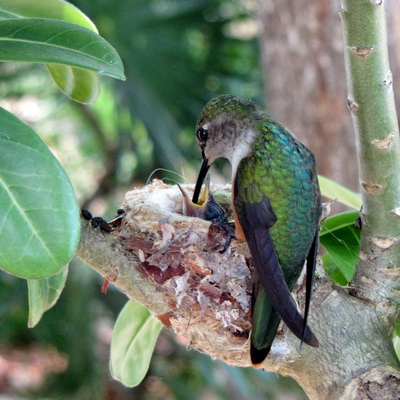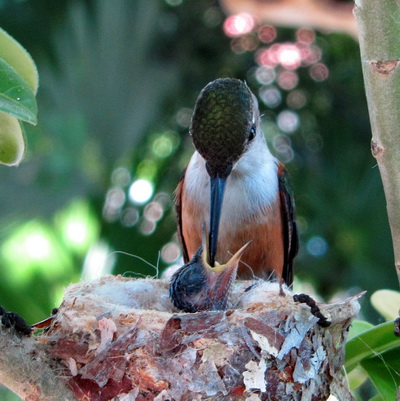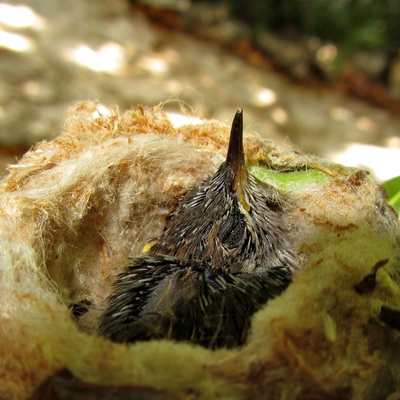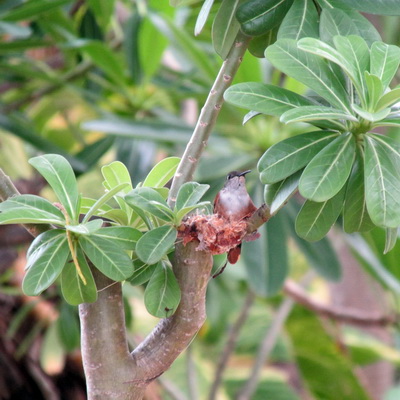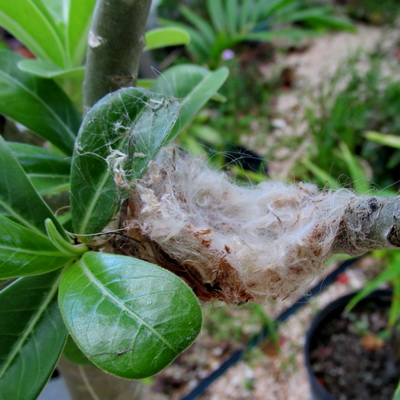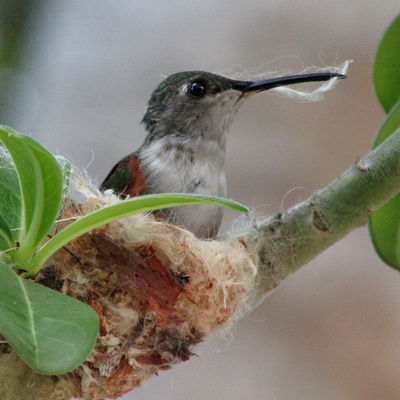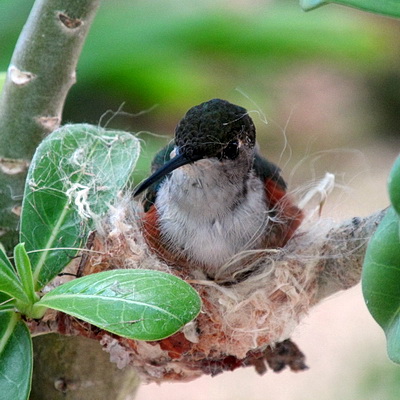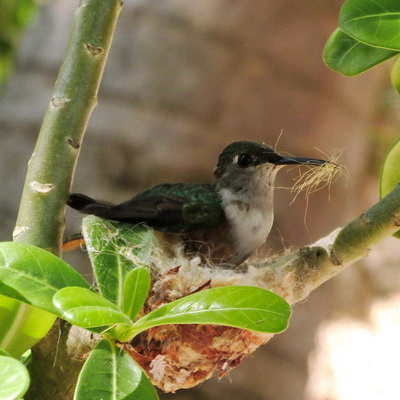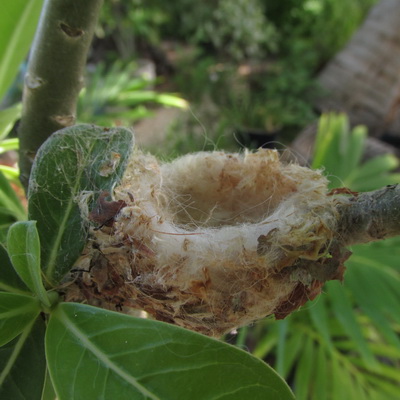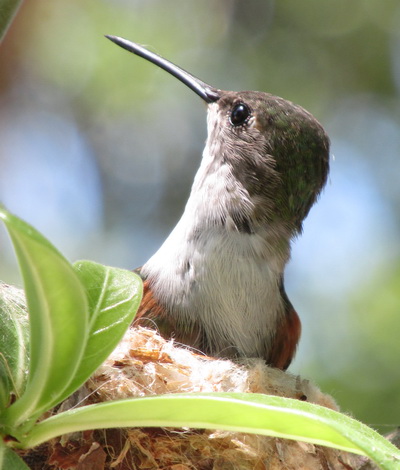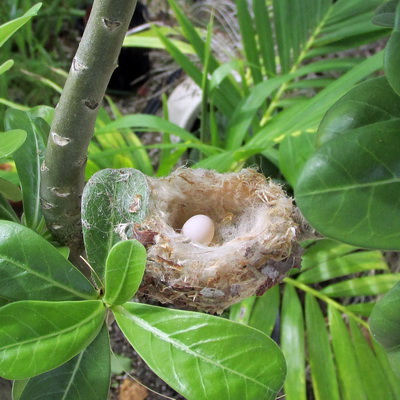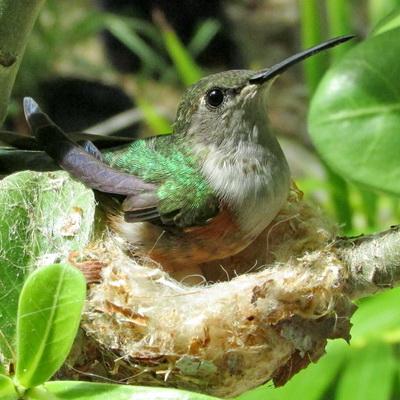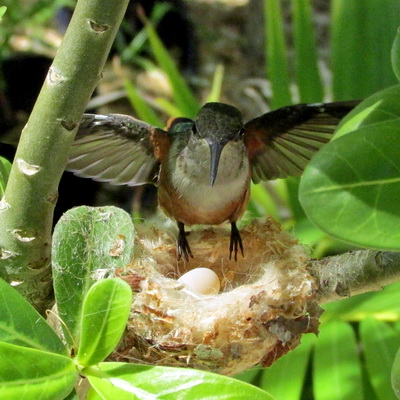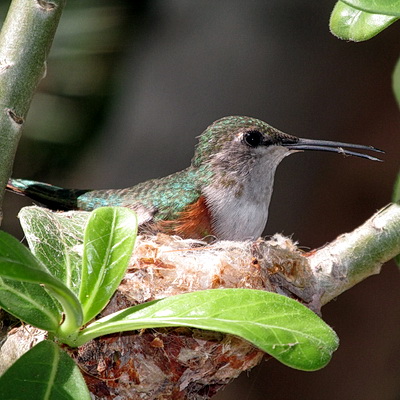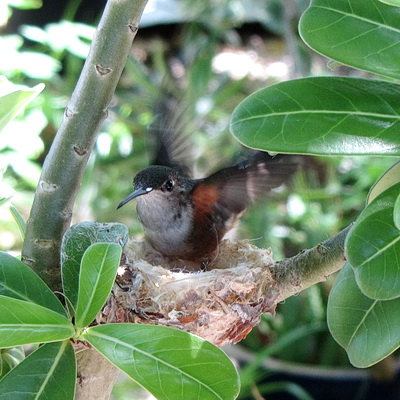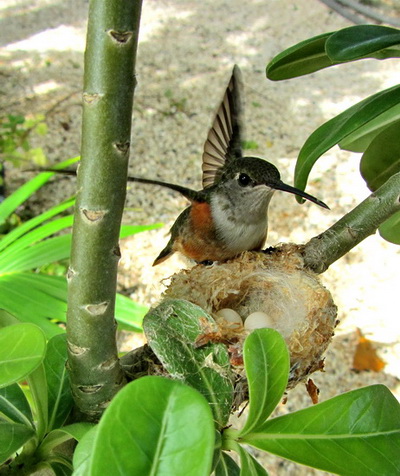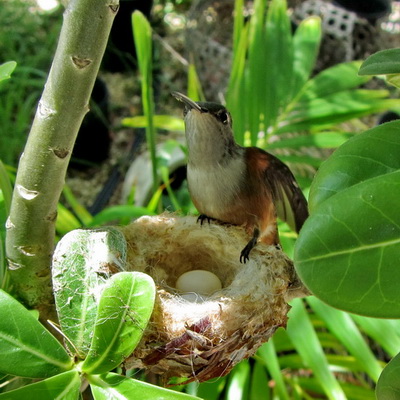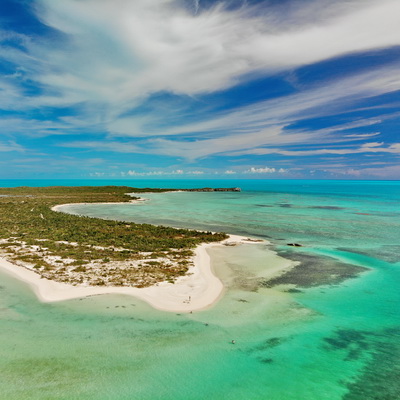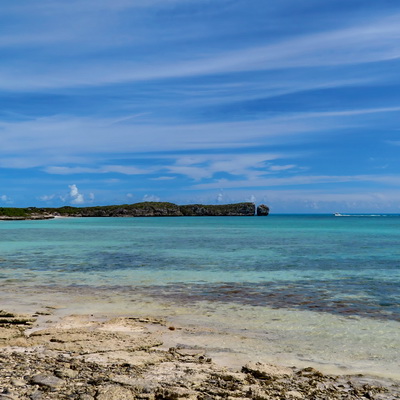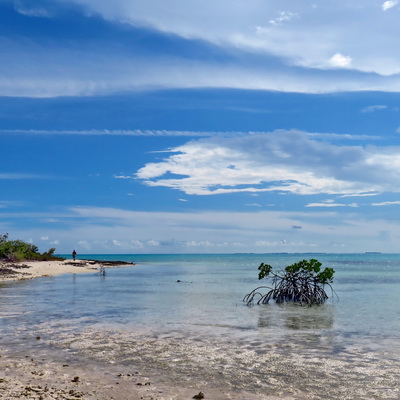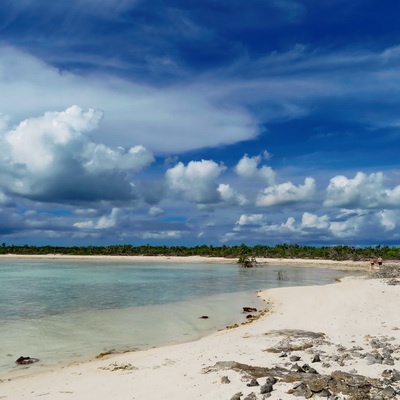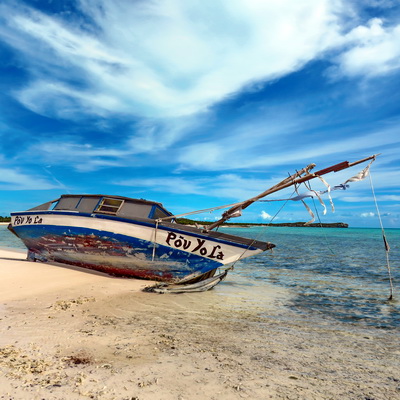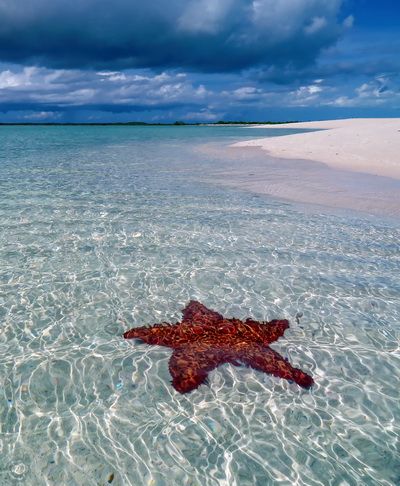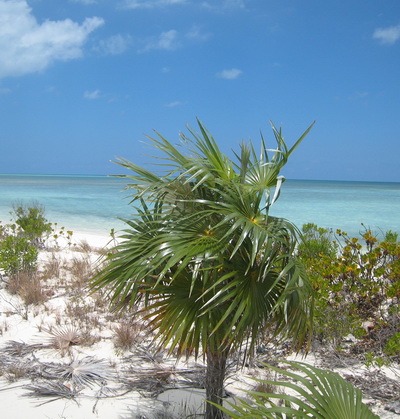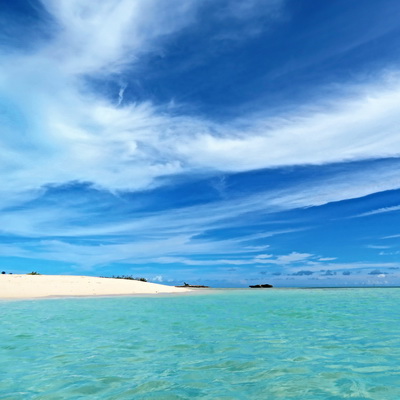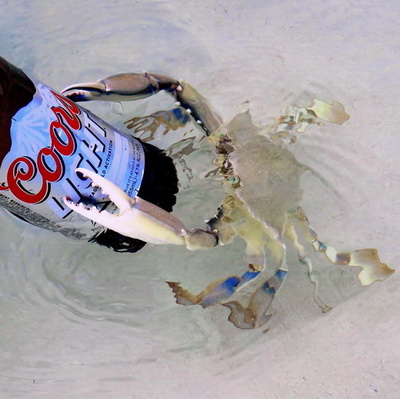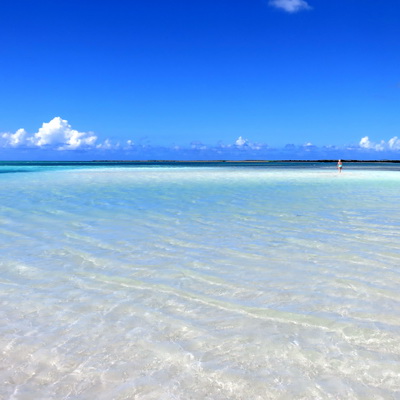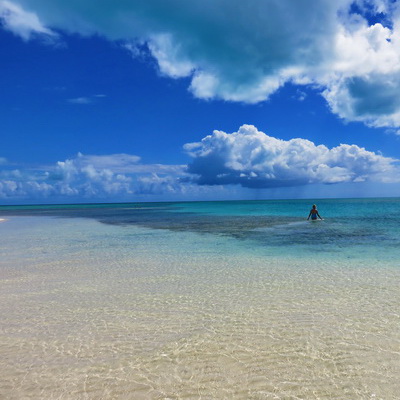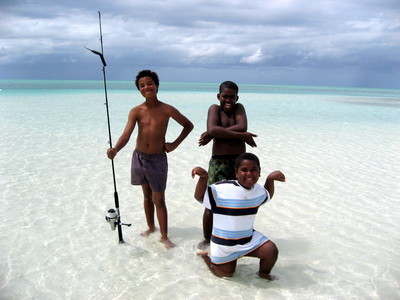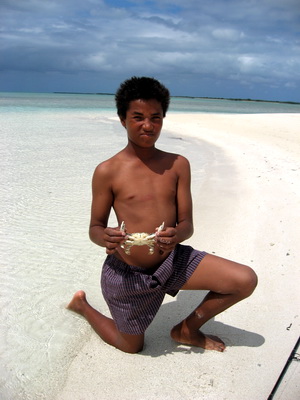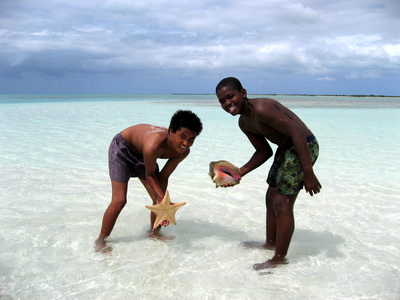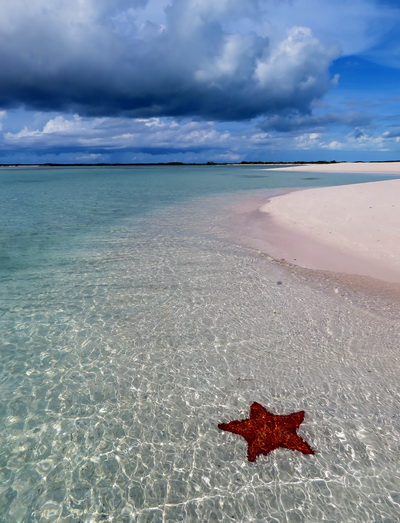
Bonefish Point is the most beautiful spot on Providenciales
A perfectly beautiful Sunday and a trip is planned to head down to the southern most tip of the island at South West Bluff, Osprey Rock and Bonefish Point. I always enjoy this excursion and make sure all my camera batteries are fully charged. There’s always so many plants, birds, views and our extraordinary clear ocean with its’ marine life to photograph.
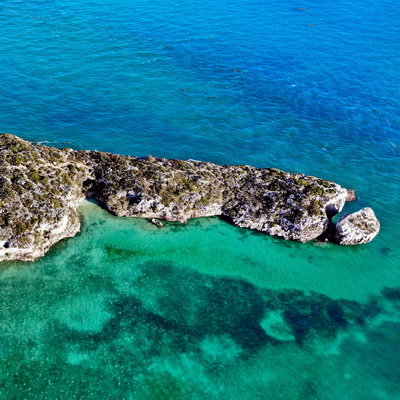
View of the Pirates cave and Osprey Rock
Please don’t forget to bring lots of water and some shade as it does get really hot.
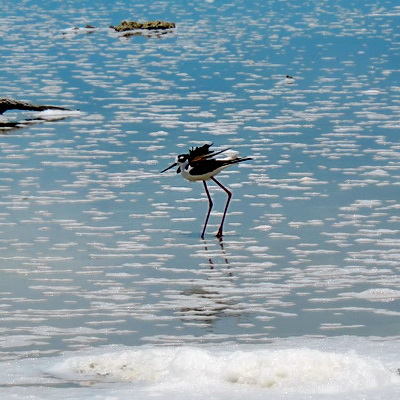
A Black Legged Stilt was very vocal as he tried to scare me away.
There’s a beautiful pond area as you get closer to the little beach by Osprey Rock. There seems to always be salt foam looking much like snow. This Sunday there were several Black Legged Stilts and they really didn’t like my being there. Perhaps there were nests as they tried to ward me off.

A large patch of wild sea island cotton
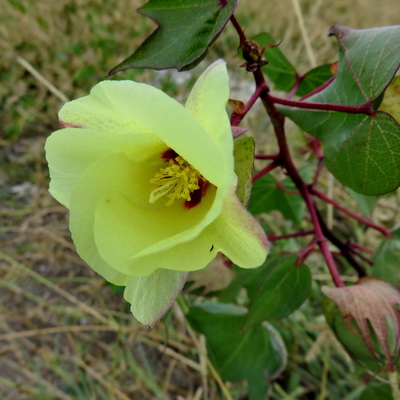
Sea island cotton has such pretty yellow blossoms
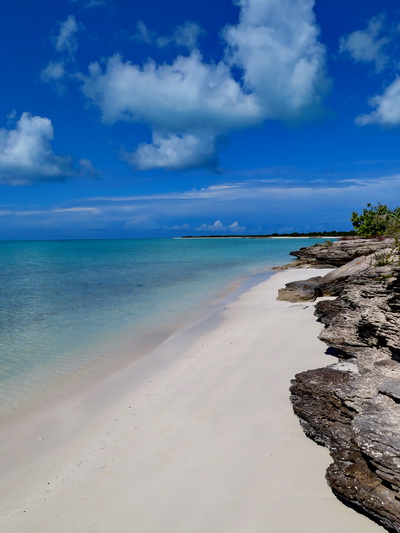
The view looking towards Bonefish Point from on top just above the beach.
The wide cove from Osprey Rock to Bonefish Pont is a wonderful place to see cruising or resting rays, turtles, juvenile sharks crabs and other marine life.
This is one of my favourite places to go by boat or road. It’s a little piece of heaven that often is yours alone to enjoy but getting busier so now it becomes more difficult to find these treasures
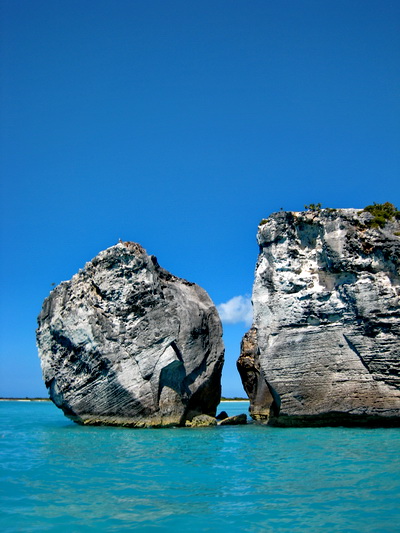
Love to snorkel between the rocks and see all the little fish.
The pirate’s cave is easier to access through the water and make sure to take some water shoes as the rocks can be sharp ……. no flip flops! Climb the ladder in the little cave through the rock opening and onto the top of the cliffs where shipwrecked sailors came ashore in the early 1800’s. In the rocks on top of the cliffs there are carvings with the names of the sailors.
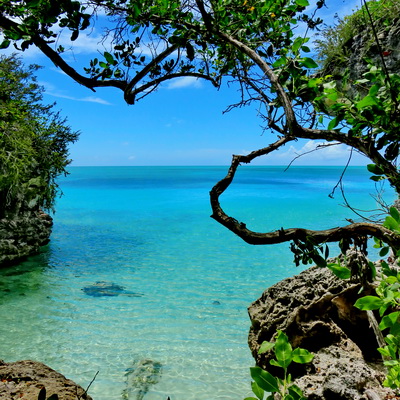
The ocean looking from the pirate’s cave
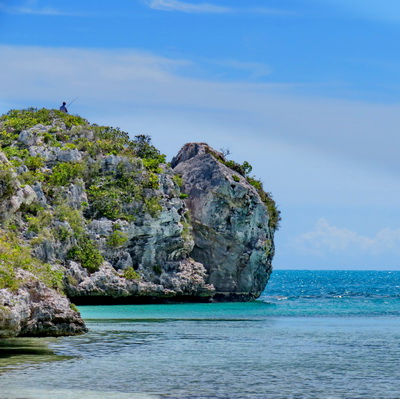
Lone fisherman stand on top looking towards Osprey Rock or Split Rock

There are always ospreys out there and sometimes you’ll luck out and see the babies

Inscription of the St. Louis burnt at sea in 1840 carved into the rock by shipwrecked sailors
This inscription is found up on the bluff along with others. A newspaper in Nova Scotia indicates that the St. Louis burned on Aug 30th, 1842 and was lost. A brig called the Impulse rescued some of the people but apparently she also wrecked on the Caicos Reef on Sept. 3rd and was still carrying the crew of the St. Louis. All this history and it all can be seen if you climb the ladder to the top and look down in the rocks.

Climb up the ladder in the cave to the top of the bluff and see the view……that’s a sting ray in the water below.
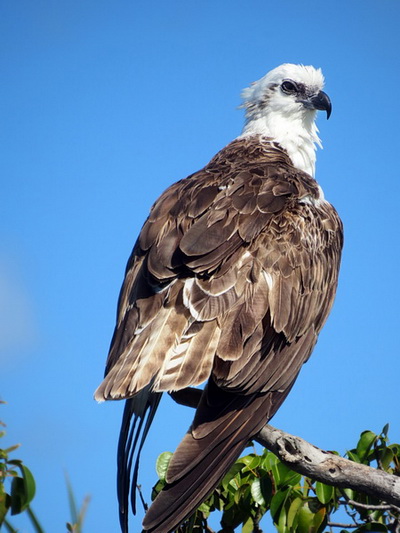
A stunning osprey with extended wings dries in the bright sunshine.
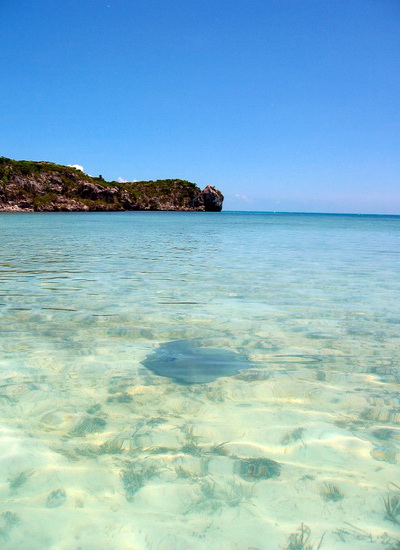
The shallows with a southern sting ray cruising through
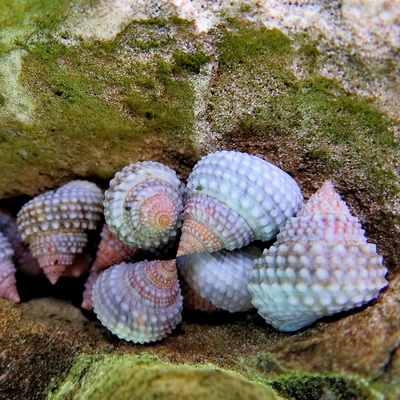
Pretty beaded periwinkle shells line the jagged rocks as you wade through the shallow waters.
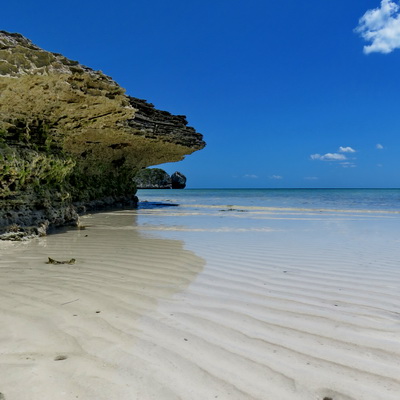
Sand ripples and Osprey Rock in the background
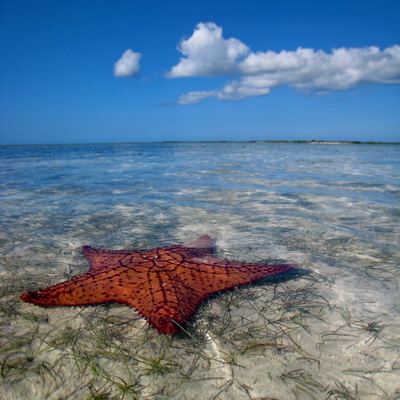
A sea star in the shallows of the sandbar at Bonefish Point
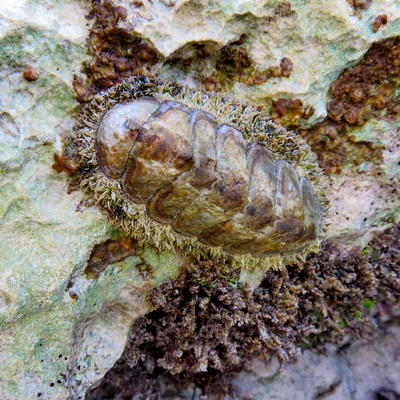
Chitons are found attached to the rocks
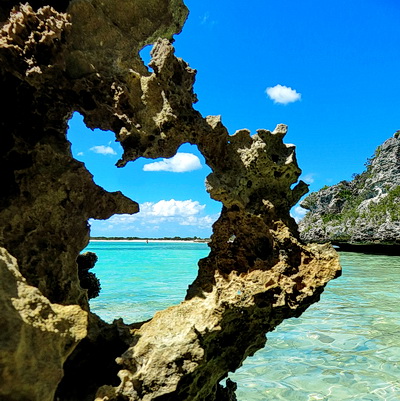
Interesting rock formations

The waters are so very clear …….. you can see everything!
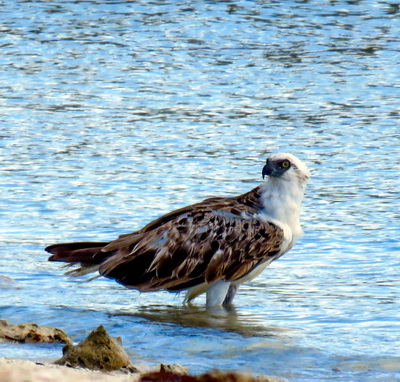
An osprey stands in the water and he knows I’m there.
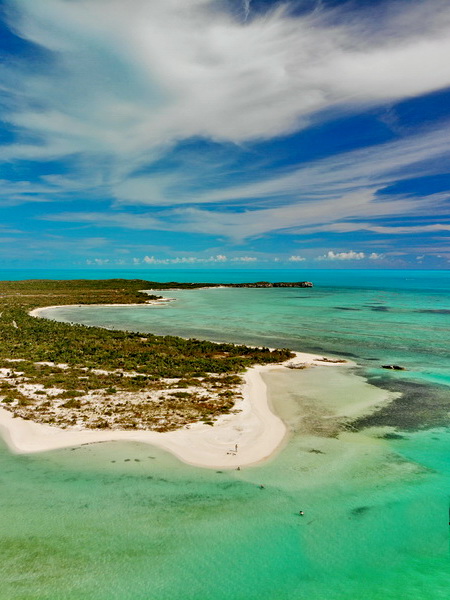
Bonefish Point from the air
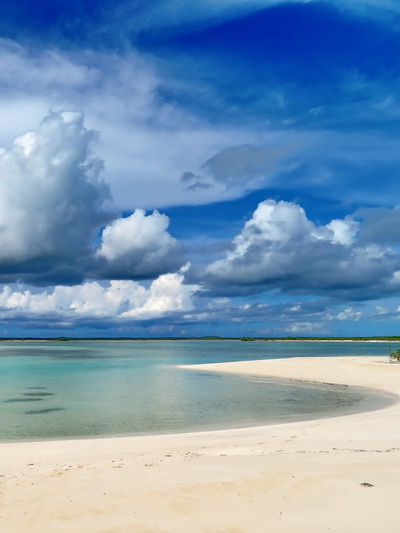
A walk down to Bonefish Point and this awesome view
Such an amazing area for a picnic lunch with friends and do take a walk down to Bonefish Point. I can assure you that you will see so many interesting things as you walk along the beaches and rocks. It is one of Provo’s gems and one of my favourites.
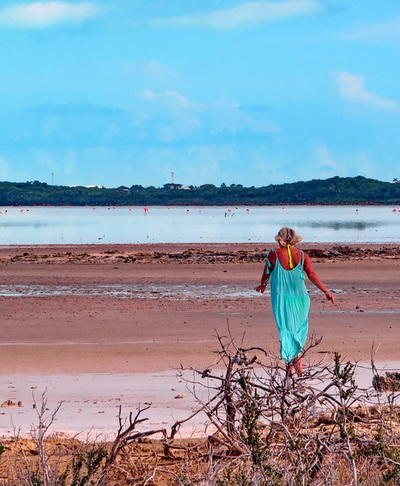
Sighting Flamingos on the way home. I’ve never seen so many!
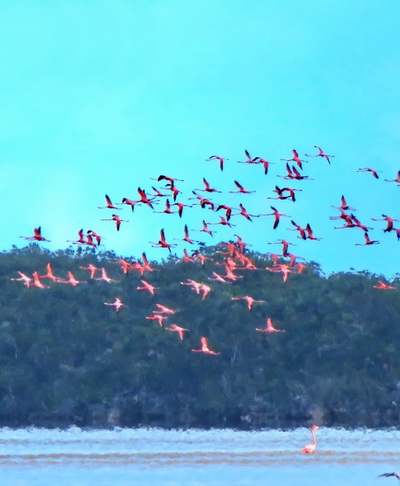
WOW, what a gorgeous sight, a flamboyance of flamingos flying past.
And on the way home after a perfect day, we sighted a huge flamboyance of flamingos.
What a treat as I’ve never seen so many in all my years here on Providenciales
Enjoy your day,
Marta
http://www.harbourclubvillas.com
